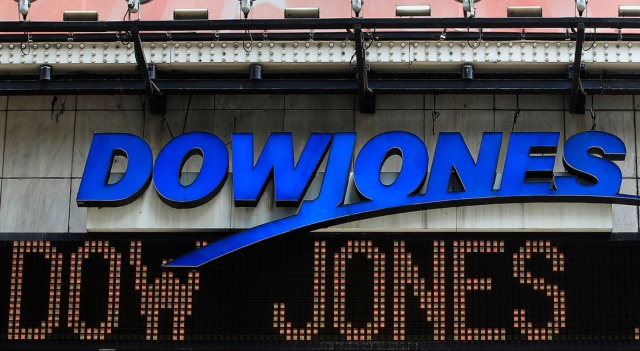U.S. stock futures showed modest gains early Wednesday as investors navigated growing instability in the Middle East alongside anticipation of the Federal Reserve’s upcoming interest rate decision. By 3:30 a.m. ET, futures for the Dow Jones increased by 0.2%, while the S&P 500 and Nasdaq 100 futures climbed 0.3% each.
Market Recap from Tuesday
The major U.S. indexes closed lower on Tuesday, pressured by renewed hostilities between Israel and Iran and disappointing U.S. retail sales figures. The S&P 500 fell 0.8%, the Nasdaq dropped 0.9%, and the Dow declined 0.7%. Market volatility surged to its highest point since late May.
Oil Market Movement
Oil prices, which surged more than 4% on Tuesday due to supply concerns sparked by the conflict, softened slightly in early trading Wednesday. Brent crude slipped 0.3% to $76.20 per barrel, and West Texas Intermediate (WTI) crude fell 0.3% to $73.02 per barrel.
Escalation in Middle East Conflict
Israeli airstrikes targeted Iranian nuclear and weapons production sites as part of efforts to restrict Iran’s missile and nuclear capabilities. The conflict, ongoing since last Friday, has seen reciprocal missile exchanges and casualties on both sides. Meanwhile, U.S. President Donald Trump has called for Iran’s “unconditional surrender” and emphasized American air superiority, though the extent of U.S. military involvement remains uncertain.
Federal Reserve Expectations
The Federal Reserve is widely expected to hold interest rates steady at the conclusion of its meeting. Policymakers will continue to evaluate how tariffs impact inflation and economic growth. Investors are closely watching the Fed’s updated economic forecasts, known as the “dot plot,” with markets currently anticipating a potential rate cut around September. Rising oil prices could complicate inflation trends and influence the Fed’s future decisions.
Cryptocurrency Regulatory Progress
In a notable development for digital assets, the U.S. Senate passed bipartisan legislation establishing a regulatory framework for stablecoins. The new rules require stablecoin issuers to back their tokens with liquid assets and disclose their reserves on a monthly basis, marking a significant step toward regulating the cryptocurrency market.
Banking Capital Regulation Update
According to Bloomberg, U.S. financial regulators are considering easing the enhanced supplementary leverage ratio (ESLR) requirements for large banks such as JPMorgan Chase and Goldman Sachs. The proposed adjustment aims to reduce capital buffer demands, thereby alleviating trading constraints on U.S. Treasury securities.
